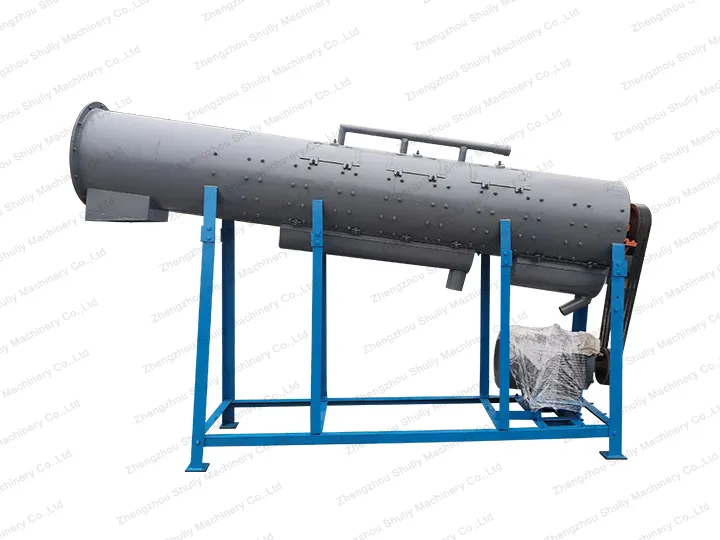Les machines à laver par friction, conçues pour le recyclage des plastiques par lavage par friction, sont très efficaces pour les flocons et films plastiques contaminés. Elles peuvent être intégrées ou adaptées à vos lignes de lavage et de granulation de recyclage.
Introduction de la machine à laver par friction
Le Nettoyeur par Friction est un équipement avancé conçu pour nettoyer une large gamme de matériaux en utilisant le principe de la friction. Il est devenu un outil essentiel pour des industries telles que le recyclage des plastiques, le traitement des métaux et la fabrication textile, améliorant considérablement l'efficacité et la qualité du processus de nettoyage.
La machine de lavage par friction des flocons de bouteilles PET est principalement utilisée pour le nettoyage et le transport des flocons de bouteilles PET. Les flocons de bouteilles cassées sont introduits dans la laveuse par friction par le chargeur à vis. La vis tourne sous l'effet du moteur, et les flocons de bouteilles avancent et sont nettoyés sous la poussée des lames.

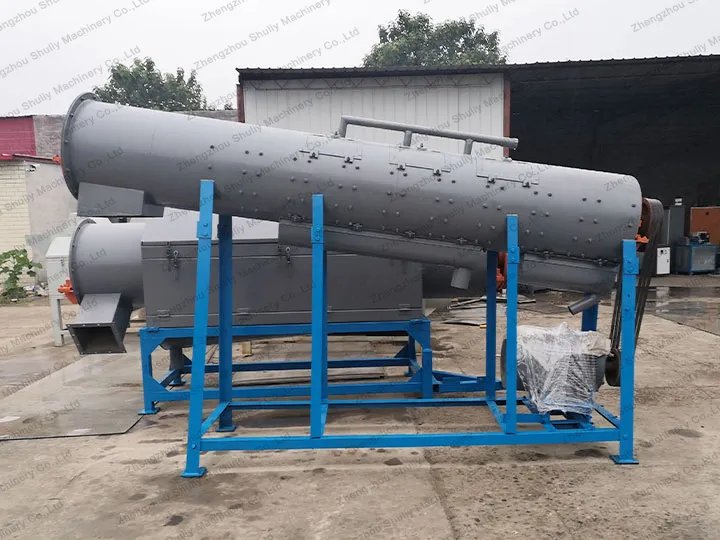
Comment fonctionnent les rondelles de friction ?
La laveuse par friction à haute vitesse est composée d'un rotor à grande vitesse entouré d'un écran amovible. Le rotor à grande vitesse assure que le matériau est "frotté" et "tapoté" à l'intérieur de l'écran. Plusieurs buses pulvérisent de l'eau sur l'écran pour éliminer en continu les contaminants et la saleté. Les contaminants et l'eau sale sont ensuite évacués à travers l'écran perforé et collectés en bas.
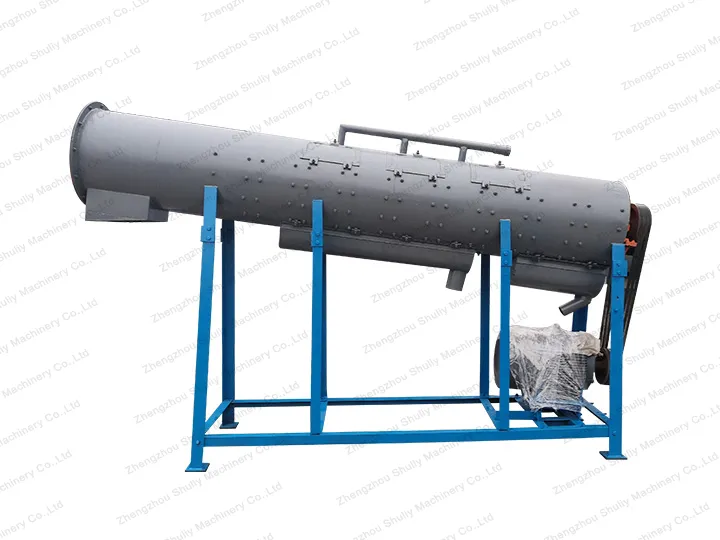
Les laveuses par friction en plastique sont placées à un angle de 45 degrés pour maximiser la friction et éliminer les impuretés et contaminants.
Processus de machine à laver les bouteilles en plastique
Une machine à laver à friction fonctionne sur un principe qui combine la friction mécanique avec le rinçage à l'eau. Il y a des pièces tournantes à grande vitesse à l'intérieur de la machine, comme des pales de propulseur ou des plaques de friction.
Étape 1 : Traitement des impuretés par friction
Lorsque les bouteilles en plastique entrent dans la machine, entraînées par les pièces rotatives, une forte friction sera générée entre les bouteilles et entre les bouteilles et les pièces de friction, ce qui peut éliminer toutes sortes d'impuretés attachées à la surface des bouteilles.
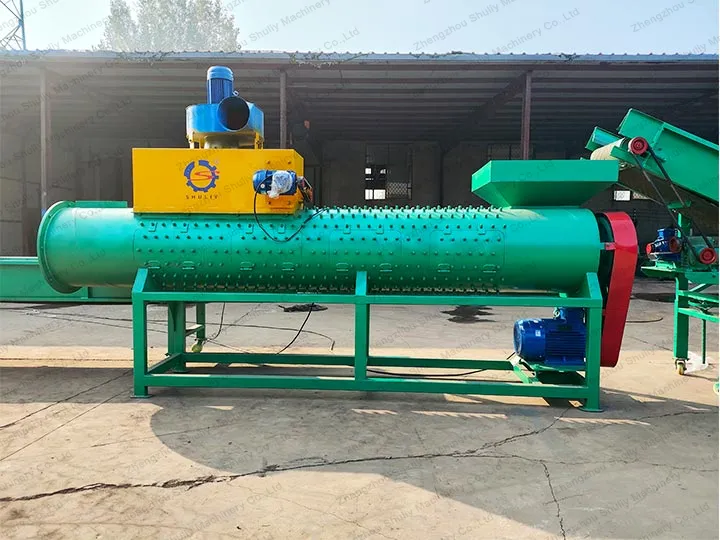
Étape 2 : Traitement de rinçage et de refroidissement assisté par l'eau
En même temps, la machine sera injectée dans l'eau interne, le flux d'eau d'une part pour aider à rincer les impuretés qui sont frottées, d'autre part, jouera également un effet de refroidissement, pour éviter que les morceaux de bouteille en plastique ne se déforment ou ne fondent à cause de la chaleur due à la friction.
Structure de la rondelle de friction en plastique
- Pièces rotatives : principalement en acier inoxydable à haute résistance, généralement une pale en spirale ou une plaque de friction avec un motif spécial.
- Cylindre de nettoyage : Le cylindre est généralement en acier au carbone épais ou en acier inoxydable, avec une bonne résistance à l'usure et à la corrosion.
- Système d'approvisionnement en eau : Il contient des composants tels que le tuyau d'entrée d'eau, la buse de pulvérisation, etc. Le tuyau d'entrée d'eau est responsable de l'introduction d'eau propre dans la machine, tandis que la buse de pulvérisation pulvérise l'eau à un angle et une pression spécifiques.
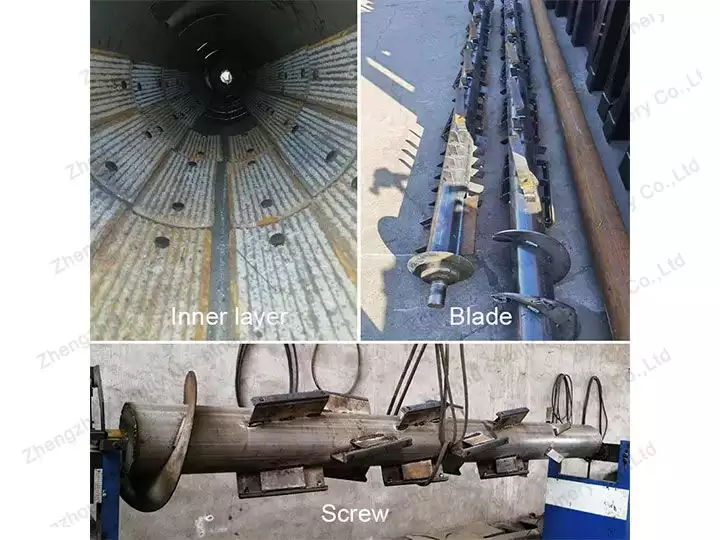
Solution de ligne de recyclage des bouteilles en plastique
En utilisant la machine à laver par friction conjointement avec la machine à laver le plastique et le réservoir de lavage à chaud, un système de nettoyage hautement efficace peut être construit.
Dans ce système, la machine à laver par friction utilise une forte friction pour éliminer les impuretés de la surface du matériau, le réservoir de lavage offre suffisamment d'espace pour le rinçage à l'eau, et le réservoir de lavage à haute température utilise une température élevée pour dissoudre davantage les taches tenaces.
Les trois se complètent mutuellement, peuvent améliorer considérablement l'efficacité de nettoyage et la propreté, pour atteindre bien plus qu'un effet de nettoyage d'une seule opération d'équipement.
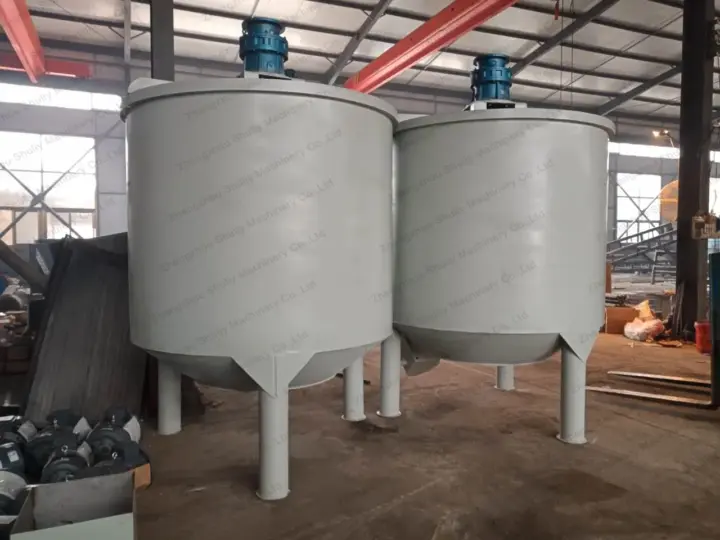
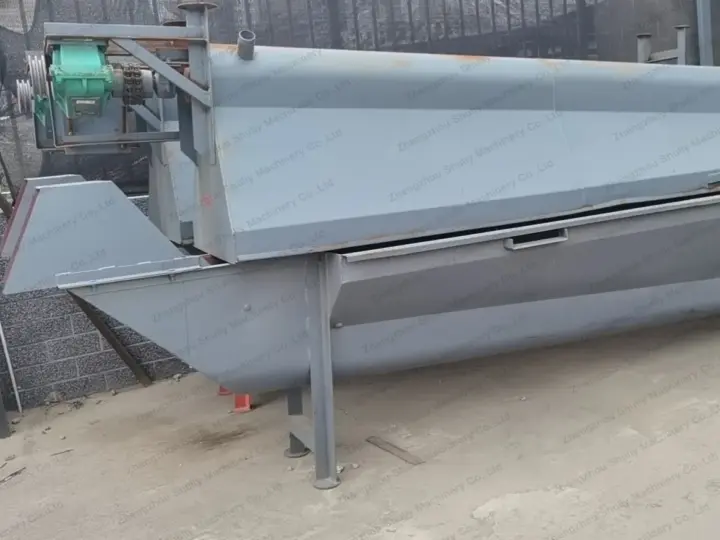
Caractéristiques du laveur à friction en plastique
- Structure de boîte entièrement démontable, facilitant l'entretien de l'ensemble de la machine
- L'écran est en acier inoxydable, avec une longue durée de vie
- Structure d'installation simple et faible coût de maintenance de l'équipement
- Machine de lavage de bouteilles en plastique avec un système de protection automatique contre les surcharges pour garantir la sécurité et la fiabilité de l'équipement au maximum

À quoi peut servir une machine à laver par friction à grande vitesse ?
Le laveur par friction à haute vitesse est généralement utilisé après le broyeur de bouteilles en plastique. Il peut être utilisé pour laver des paillettes de PP, PE, HDPE, PVC et ABS.

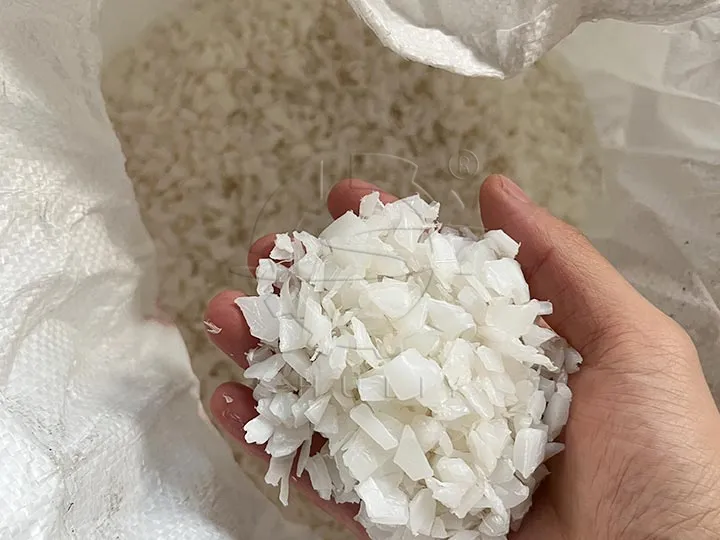
Dans toutes sortes de lignes de nettoyage de plastiques recyclables, la plupart d'entre elles appliqueront des laveurs par friction pour plastique. La méthode de lavage à haute vitesse de la machine joue un rôle important dans la ligne de recyclage de lavage de bouteilles en plastique.
Installation réussie de laveurs à friction à grande vitesse
Les laveurs à friction à grande vitesse sont vendus avec succès dans divers pays. Par exemple, le Mozambique, l'Indonésie, le Congo et le Soudan du Sud.
Actuellement, les laveurs par friction ont été installés avec succès au Mozambique et fonctionnent bien pour aider les usines mozambicaines à recycler les bouteilles en PET.
Selon les retours de l'usine du Congo, la machine à laver par friction au Congo fonctionne de manière stable et efficace, et a reçu de nombreux commentaires favorables.
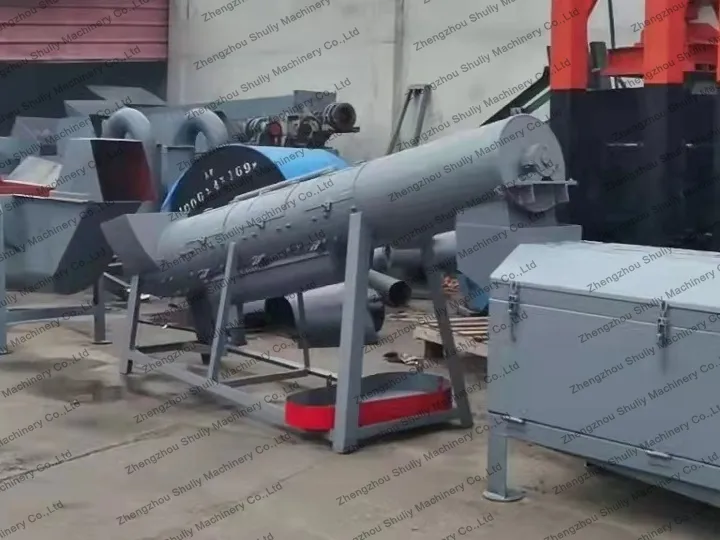
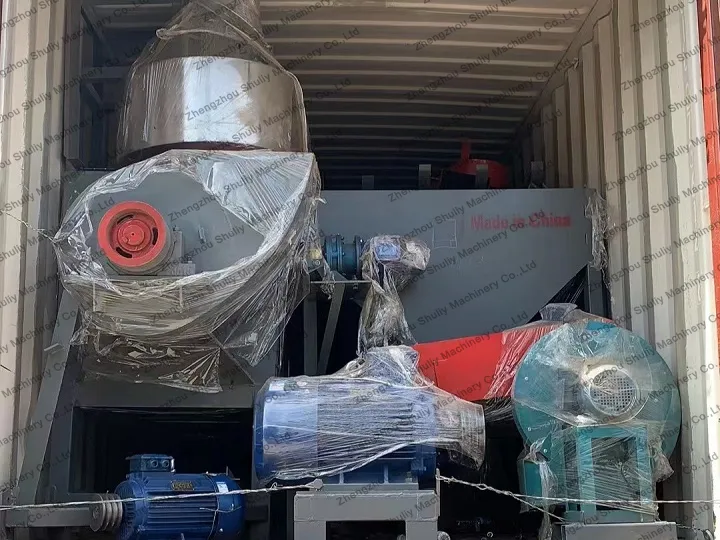
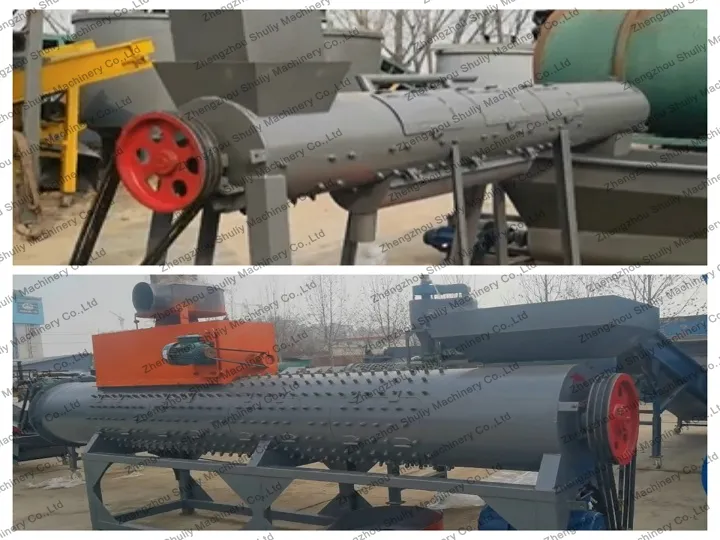
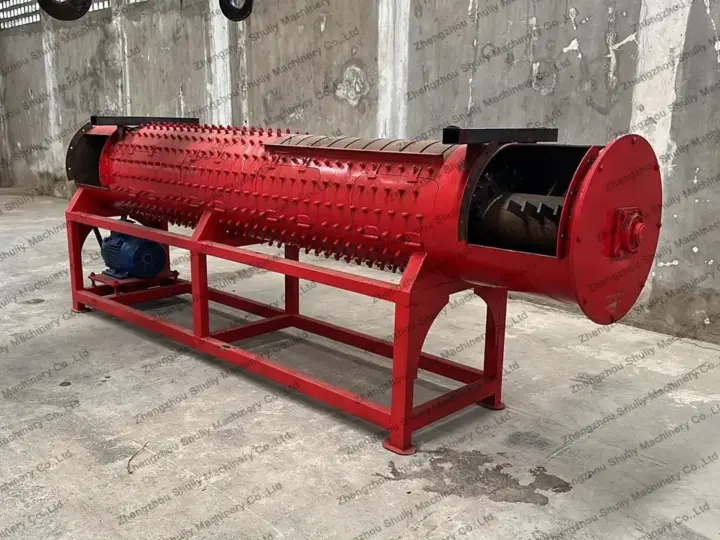
Demande de laveuse à friction
Nous pouvons vous fournir une solution complète pour votre ligne de recyclage de bouteilles en plastique :
De la recherche et analyse des matières premières à l'enquête sur le site d'application, de la conception du programme technique à la disposition globale de l'ingénierie, de la production d'équipement à l'installation et la mise en service de la ligne entière, nous vous fournissons un service unique, afin que vous puissiez mener vos activités en toute tranquillité.
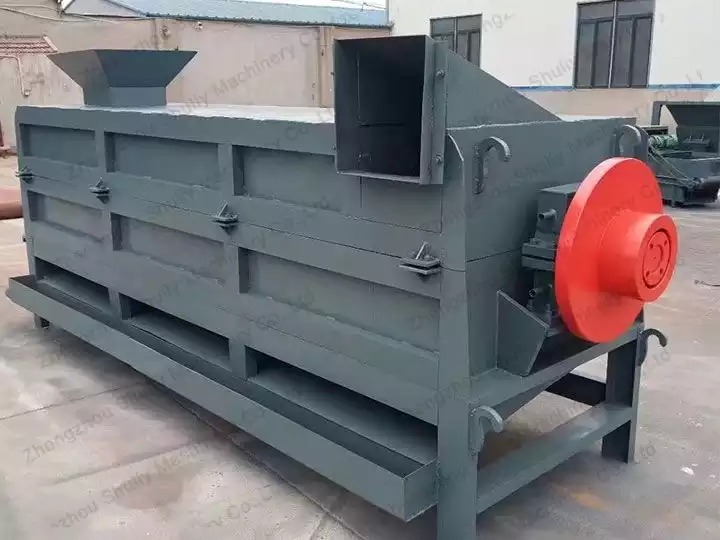
Questions fréquentes sur la laveuse à friction
Comment résoudre le problème d'un mauvais effet de nettoyage ?
①Inspectez régulièrement et remplacez les composants de friction usés ;
② Nettoyez les buses et ajustez le débit d'eau.
③Prolongez le temps de nettoyage en fonction du degré de saleté.
④Alimentez les flocons selon la capacité de traitement spécifiée.
Quelles sont les raisons des pannes des systèmes de drainage et de filtration ?
①Blocage du tuyau de drainage ;
②Défaillance de la pompe de drainage.
Quelles sont les raisons d'un fonctionnement anormal de l'équipement ?
①Installation d'équipement instable ;
②Desserrage ou déformation des composants rotatifs ;
